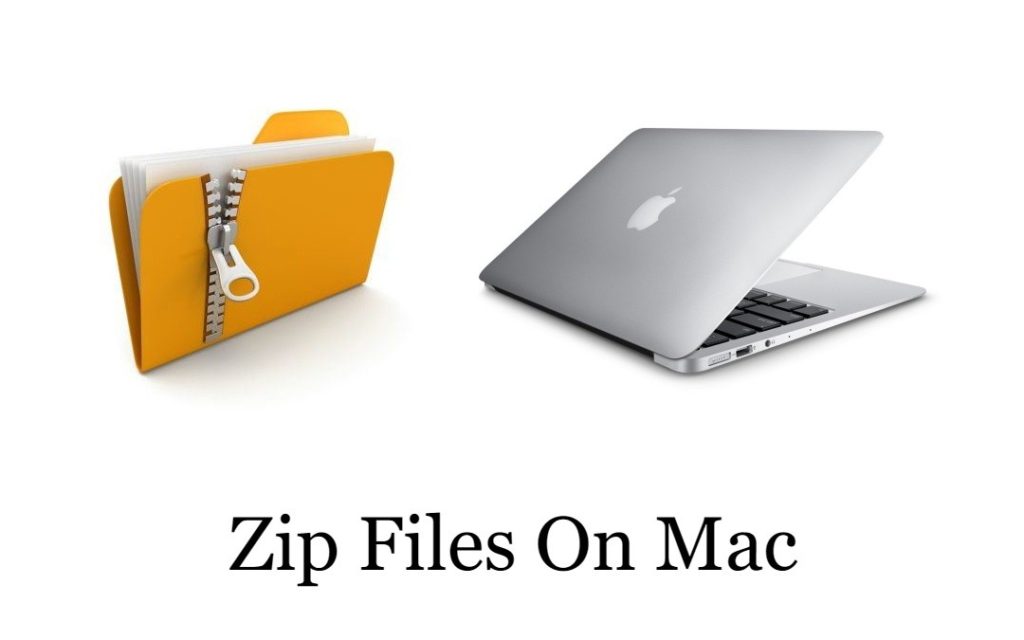What is a ZIP file: The idea of the ZIP file is to store large files or folders in a single container. You can use this tool for compressing and encrypting data—even splitting archives and keeping related information together while still allowing some space on your hard drive, so it’s easy enough when you need one specific piece from another folder without having all those documents scattered around nominated at different spots throughout cyberspace!
ZIP files are a great way to send large amounts of content over email. One person can open them without taking up too much space on their computer or wasting time downloading everything at once, which is helpful if you’re sending something like an application that needs constant updating in order for it to work correctly! So visit MacViser and get more information about how to select multiple files on Mac.
Are ZIP files dangerous?
Cybercriminals often use the ZIP file format to hide malware or other harmful code within it. They accomplish this by making sure that unless you have third-party software on your Mac that will allow viewing of hidden files (areas), all we see inside these zipped folders are empty spaces where our data could potentially be compromised without knowing about its presence beforehand!

ZIP files are the hacker’s best friend because they can be used to conceal content and bypass built-in defenses. As much as Mac has an antivirus program, hackers use these archives for infection purposes, resulting in stealing information about your system or even spreading spam emails with phishing bait masquerading itself around certain topics (e.g., bank accounts).
You can also read: How to install and start using NetBeans
How to unzip a file on Mac
You can unzip files on Mac in three different ways. The first way is to double-click the zipped folder, right-click, and choose Open With from Archive Utility or use third-party software like 7zip for Windows users who want access quickly without having seven separate programs open at one time!
The second option would be using M cubic Kruncher, which allows you to take advantage of both compression schemes. Mac differential backup facilitates incremental updates, so no additional trips through Update Services are needed unless there’s a major update that requires Revision A9 or newer (this won’t happen often). Lastly, we have compressed folders: unlike AppleScripts, where all submenus must adhere strictly to Apple’s guidelines.
Double-click the zipped file to open it.
- Unzip any zipped file on your Mac by double-clicking on it.
- The Archive Utility application will then unzip the files in the same folder as the compressed file.
- To access the extracted files, click the respective icons.
Right-click the compressed file and choose Archive Utility to open it.
- You can also right-click on the zipped folder and select Extract All.
- If Archive Utility is your default, select Open to unzip your file.
- If it isn’t, right-click and select Archive Utility from the Open With menu.
- To access the extracted files, click the respective icons.
Use third party software
To unzip a file on Mac, you need software that can handle the required formats. One such versatile piece of programmability is Parallels Desktop by Apple Inc., which has been designed specifically for converting and decompressing different types of data across platforms, including Windows or Linux-based computer systems as well as other devices like phones, etc. With this app installed on your iDevice (iPad), there’s no limit when it comes down to recovering files from the PARALLELS RECORDS ARCHIVE folder tree because all operations happen within seconds without having.
Install the software.
- You’ll be prompted to select the files you want to open.
- Choose the RAR or 7z file you want to open using the software.
- To select how you want the application to administer the folder, click the Extraction button.
- Choose Open with and Parallels from the context menu when you right-click on the file. Select a location for your file folder.
- To extract, use the extract button.
You can also read: Why Should You Clear Your Google Drive Duplicate Folder? A Closer Look
What does it mean to extract files?
Unzipping or extracting files is the same thing as unzipping, but it means restoring original data from a compressed archive back into an alternate location. You’ll need both of these processes done before you can work with them!
Would you like to read more about How to Unzip Files on Mac-related articles? If so, we invite you to take a look at our other tech topics before you leave!










